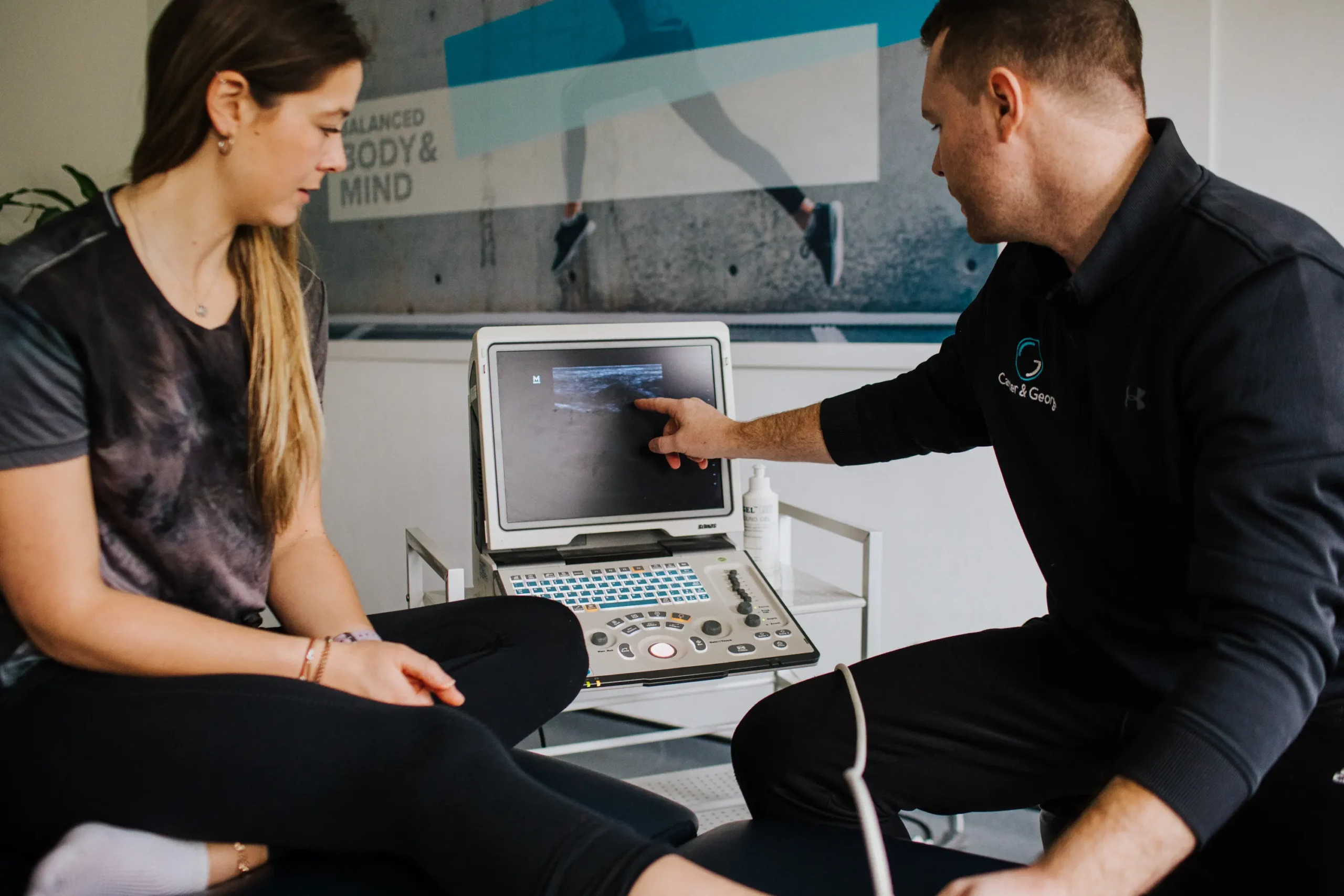Whether you’re a seasoned athlete or enjoy staying active, aches and pains can sometimes feel like part of the game. Knowing when discomfort crosses the line into a sports injury is key for preventing long-term damage. Ignoring early warning signs can turn a minor issue into a major setback, keeping you off the field longer than necessary. Let’s explore how to recognize the signs of a sports injury and why early care is fundamental to getting back in the game safely.
Common Types of Sports Injuries
Athletic injuries take many forms, depending on the sport, intensity level, and body part affected. The most frequent types of sports-related trauma include:
- Sprains and strains – Overstretched or torn ligaments and muscles
- Fractures – Broken bones from impact or overuse
- Dislocations – Joints forced out of normal position
- Tendonitis – Inflammation of tendons from repetitive motion
- Concussions – Brain injuries from head impacts
- Muscle tears – Partial or complete muscle fiber damage
- Stress fractures – Small cracks in bones from repeated stress
These sport-related injuries affect different parts of the body and require varying treatment approaches. Understanding which type you might be dealing with helps you respond appropriately.
Key Warning Signs To Watch For
Your body sends clear signals when something goes wrong during physical activity. Pain is often the most obvious indicator of a sports injury. Sharp, sudden pain during activity often signals acute trauma that needs immediate attention. Dull, aching pain that gets worse over time may indicate overuse or developing problems.
Swelling around joints or injured areas shows your body’s inflammatory response to damage. This puffiness often appears within hours of injury and may continue for days. Limited range of motion in affected joints or muscles also warns of potential problems. When you struggle to move normally or feel stiffness that wasn’t there before, your body is protecting damaged tissue.
Bruising and discoloration reveal bleeding under the skin from damaged blood vessels. These marks often appear hours after the initial injury and may spread to nearby areas. Joint instability creates a feeling that your joint might give out or move in ways it shouldn’t. This wobbling sensation indicates damage to supporting structures like ligaments.
A popping sound or sensation at the moment of injury frequently signals serious damage to ligaments, tendons, or cartilage. This audible warning often accompanies immediate pain and swelling. Numbness or tingling in the extremities may indicate nerve involvement or circulation problems that require prompt medical evaluation.
When to Seek Medical Attention for a Sports Injury
Certain symptoms require immediate professional medical care to prevent long-term complications. The following situations warrant urgent evaluation:
- Severe pain that doesn’t improve with rest and basic treatment.
- Visible deformity in bones or joints.
- Complete inability to bear weight or use the injured area.
- Signs of infection, like fever, red streaking, or warmth around the injury.
- Numbness or tingling that persists beyond the initial injury.
- Suspected concussion with confusion, dizziness, or memory problems.
These red flags indicate serious damage that requires professional diagnosis and treatment. Delaying care in these situations often leads to worse outcomes and longer recovery times.
Schedule Your Sports Injury Evaluation Today
Recognizing sports injury symptoms early makes all the difference between a quick recovery and an extended time away from your sport. Pain, swelling, limited movement, and joint instability serve as your body’s warning system. When these signs appear, taking prompt action prevents minor problems from becoming major setbacks. Contact a sports medicine specialist today to schedule your sports injury assessment and start your path back to peak performance.
- Choosing the Right Plastic Surgeon for Your Cosmetic Procedure
- Understanding Different Types of Laser Treatments for Skin Rejuvenation
- Why a Family Dentist is Key for Maintaining Oral Health
- The Benefits of Regular Visits to a Wellness Spa
- Exploring the Emotional and Psychological Triggers of Eating Disorders


Leave a Reply